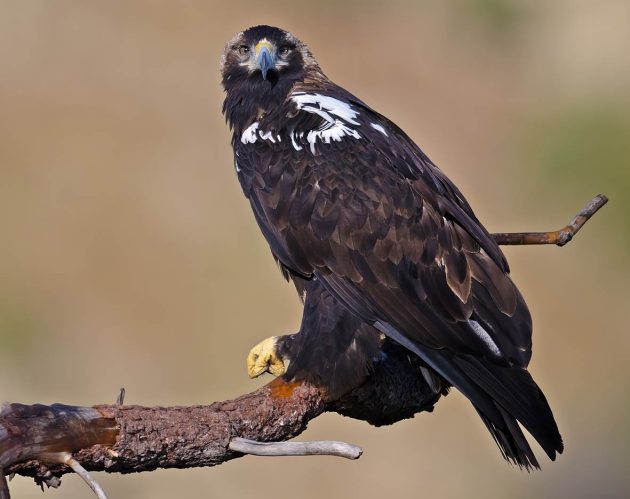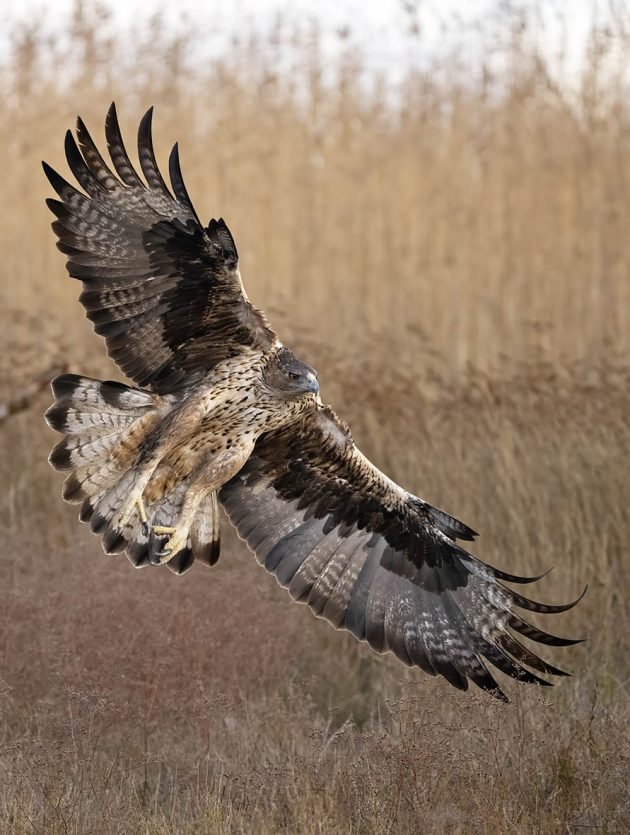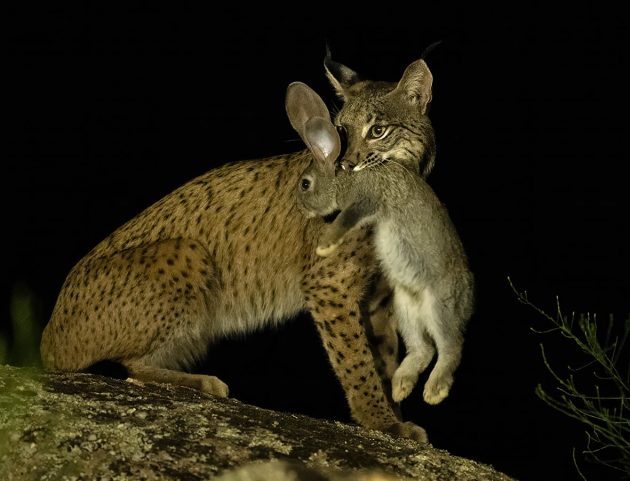The Rabbit (Oryctolagus cuniculus) is a species that is widespread globally due to introductions by humans. In some places they have notoriously reached pest proportions. Its native range, however, is the Iberian Peninsula, perhaps reaching also parts of the south of France. The native populations are distinguishable into two distinct subspecies, one in the south-west of Iberia and the other in the north-east. It is the latter sub-species that has been used to colonise many parts of the planet. Ironically, this species has become scarce in many parts of its natural range, myxomatosis being one of a number of causes affecting the decline. Yet, it must have once been so common that the Romans gave the Iberian Peninsula the name Hispania, the land of the rabbits.
You will be asking yourselves by now why I am writing about a mammal in a page dedicated to birds? Well, hold on, I’m coming to that. The isolation that the Iberian Peninsula was subjected to during repeated glaciations meant that populations of certain species differentiated into sub-species and, in some cases, even full species. One good example is the Imperial Eagle (Aquila heliaca), a large eagle that today breeds across a vast mid-latitude belt, from Austria, the Czech Republic, Slovakia and Hungary in the west, to Mongolia and China in the east. Ancestral populations of this eagle reached the Iberian Peninsula and, in isolation, became a distinct species which we know today as the Spanish Imperial Eagle (Aquila adalberti).

The Spanish Imperial Eagle, in isolation, became a specialist predator of the rabbit. This remains, today, its favourite prey almost to the exclusion of all others. In the 1970s the world population of this species was down to some 50 breeding pairs. Causes of death included, and still does, electrocution in electricity pylons. The impact of myxomatosis on the rabbit populations also had a significant effect. Supplemental feeding, along with improved protection, helped to gradually raise the population which reached almost 650 breeding pairs five years ago. The population is still growing and is occupying areas of land where rabbit populations are recovering. The provision of food to wild animals receives a lot of bad press. Ideally, we should not have to do this but we have to understand that we are living in an impoverished world which we have created. Sometimes, as with the Spanish Imperial Eagle, you just have to give the remaining animals as much help as you can and the results are there for all to see.



A second eagle species, Bonelli’s Eagle (Aquila fasciata) has a similarly wide distribution as the combined Spanish and Eastern Imperial Eagle range, except on average south of these. Bonelli’s Eagles breed from the Iberian Peninsula and Morocco in the west to China and south-east Asia in the east. In this case the Iberian populations did not become differentiated from the others. It is the populations from the Lesser Sunda Islands that are considered a separate (renschi) subspecies. The Spanish name for the Bonelli’s Eagle is Aguila Perdicera, the partridge eagle. This has led to some confusion. In actual fact, the preferred prey of Bonelli’s is also the rabbit. Less specialised in this respect than the Spanish Imperial Eagle, Bonelli’s takes other prey but the rabbit is number one. This species had been in decline, not as sharply as the Spanish Imperial Eagle, and reintroduction programmes are helping stabilise the population, estimated at some 750 pairs in Spain nine years ago.




I started with a mammal and I’ll finish with another one! The Iberian Lynx (Lynx pardinus), like the Spanish Imperial Eagle, evolved into a distinct species in its Iberian glacial refuge. Like the eagle, it became a specialist predator of the rabbit. And, like the eagle, it went into serious decline, verging on extinction with an estimated 62 mature individuals in 2001. Conservation efforts have started to pay off. In June of this year, IUCN changed the Iberian Lynx’s status from endangered to vulnerable. We are not out of the woods yet but the picture is looking bright. There were an estimated 648 mature individuals in 2022, and a total of some 2,000 animals if we include immatures.

So, it seems that we are getting good news from the land of the rabbits, and it has started with conserving and repopulating the land with the prey species. That, in turn, has had a knock-on effect on the rare avian and mammalian predators.

Source link

